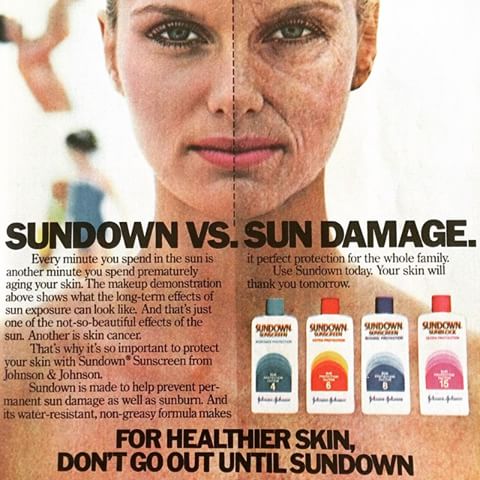Do you ever wonder how people protected their skin from the sun thousands of years ago?
Clothing, scarves, and shade were early methods of protecting skin from the sun. However, applying products to the skin for additional protection also started thousands of years ago.
Early civilizations used a variety of plant products to help protect the skin from sun damage.
Ancient Greeks used olive oil to protect their skin from the sun and to condition it after sun exposure. Modern science tells us olive oil has an SPF of 7-8 (and this protection breaks down when the oils is heated) so it is NOT considered effective protection from the sun but given their options, it was better than nothing.
Ancient Egyptians used extracts of rice, jasmine, and lupine plants. Again, these ingredients offered low levels of sun protection but were proven to be very beneficial to the skin and are still used in skin care products today.
Burmese women have used Thanaka cream to protect from sunburn for over 2000 years. Thanaka is a creamy paste rich in vitamin E and is applied on the face in pretty designs. It also provides a cooling sensation and has anti-inflammatory properties to calm acne.
Zinc oxide, a popular sunscreen ingredient today, was being used for medicinal purposes as long ago as 500 B.C.E.
In the 16th century, pale skin was very important to the the upper class. The clothing of the era covered the body from head to toe but ladies were required to wear uncomfortable Visards to protect their skin from the sunburn when traveling in open carriages.
Thankfully, by the 17th century parasols and bonnets had become popular as a means of protecting the face from the sun.
The production of sunscreen as we know it today started in the 1940’s. More user friendly versions appeared on the market by the 1960’s and in the 1970’s the formulas protected against both UVA and UVB rays.
When faced with options like a Visard or a can of greasy “red vet pet” I’m happy to have my Suntegrity!


